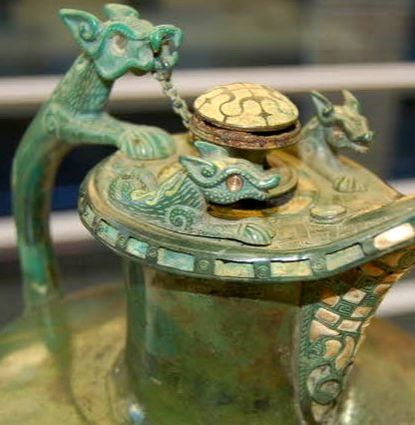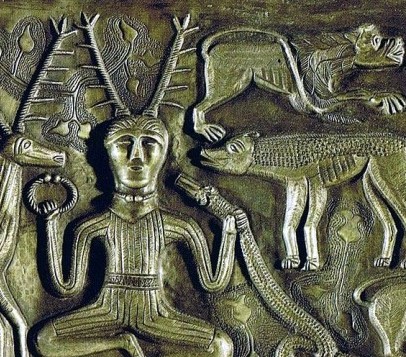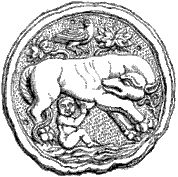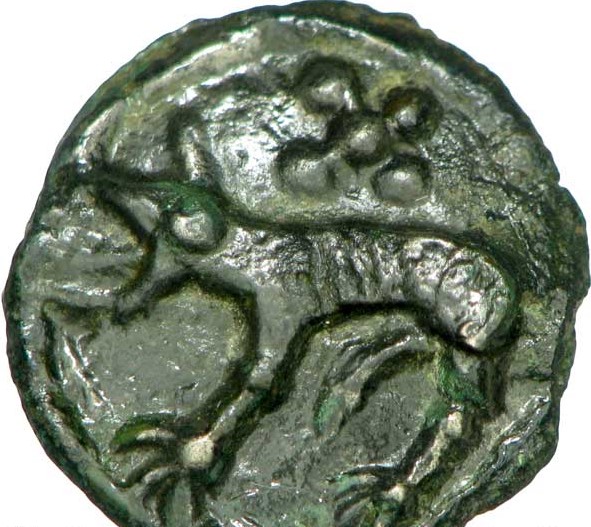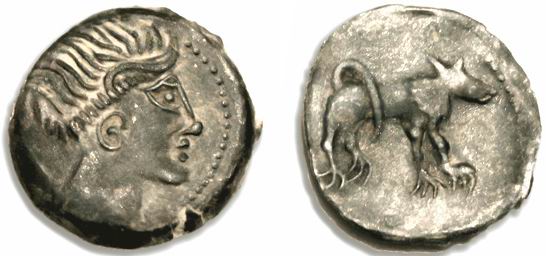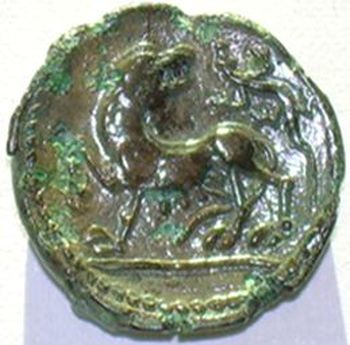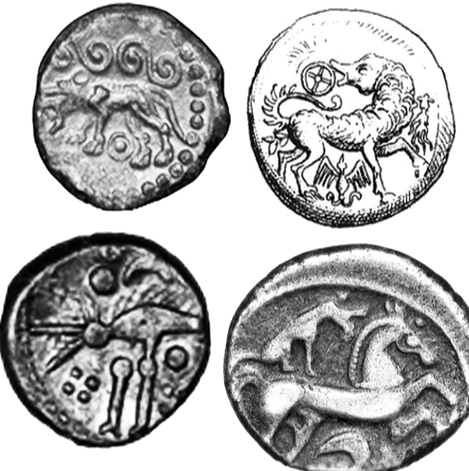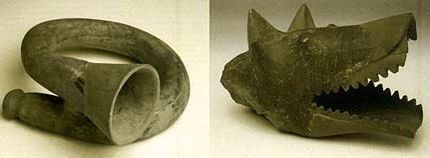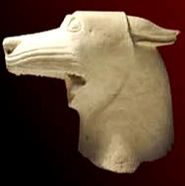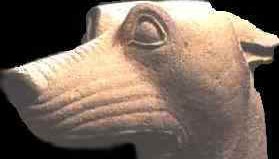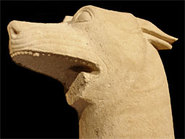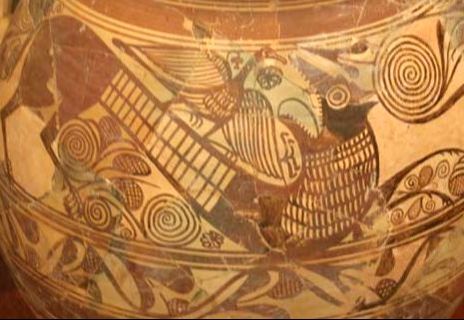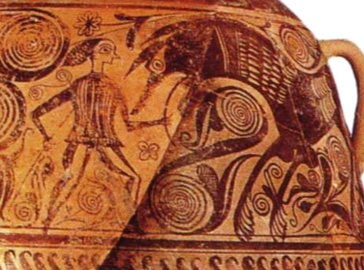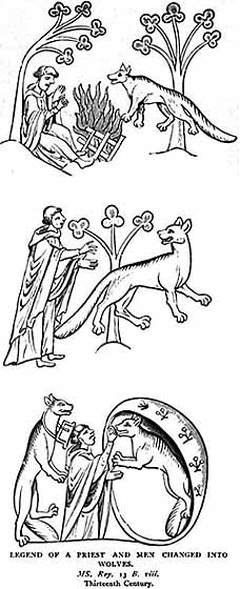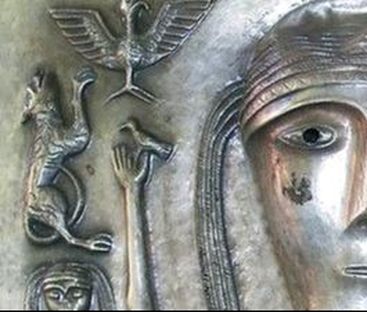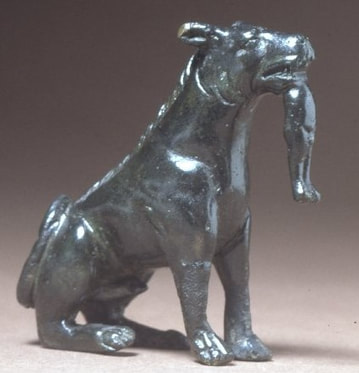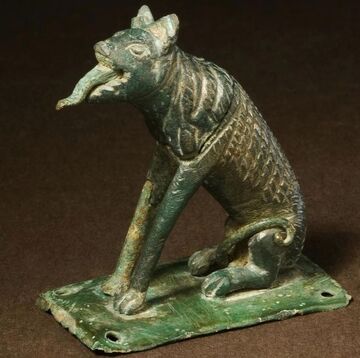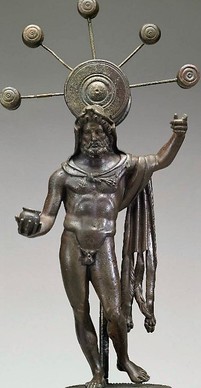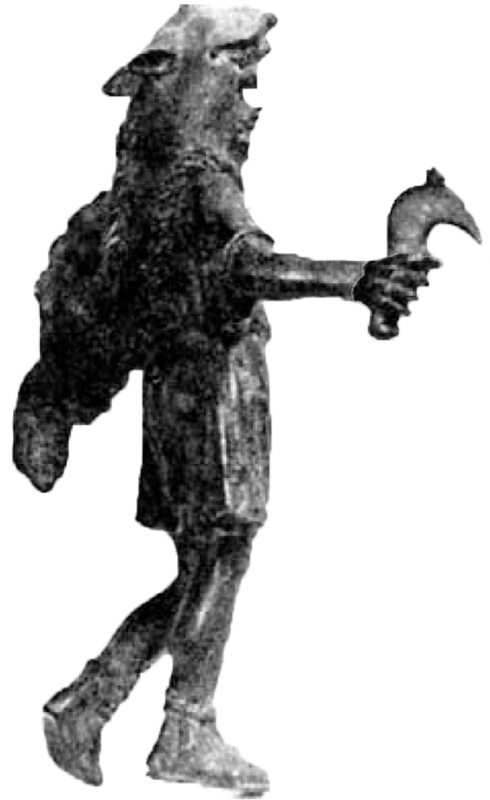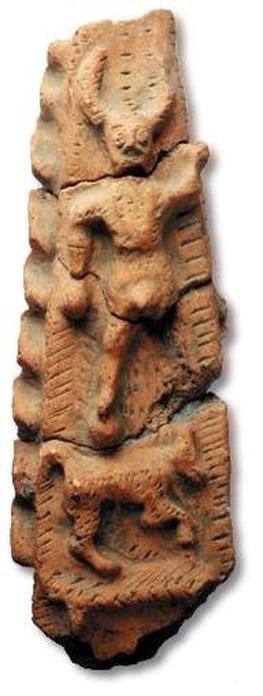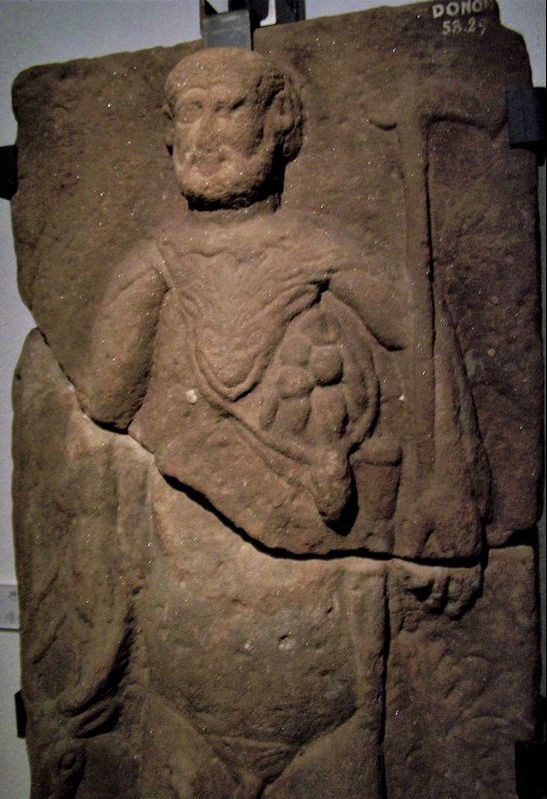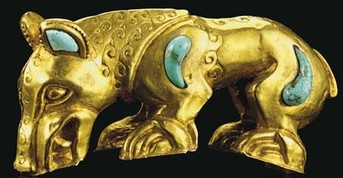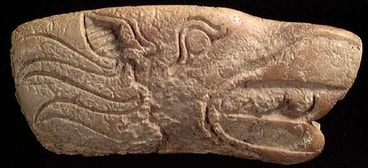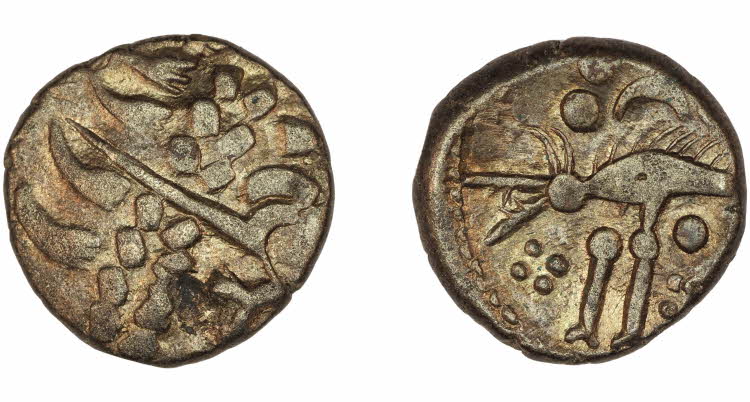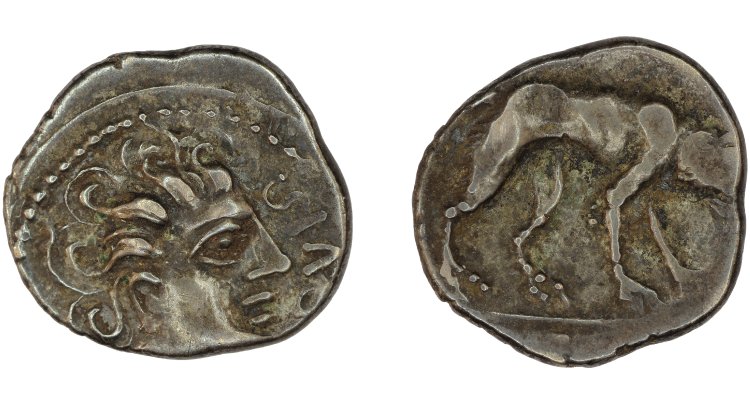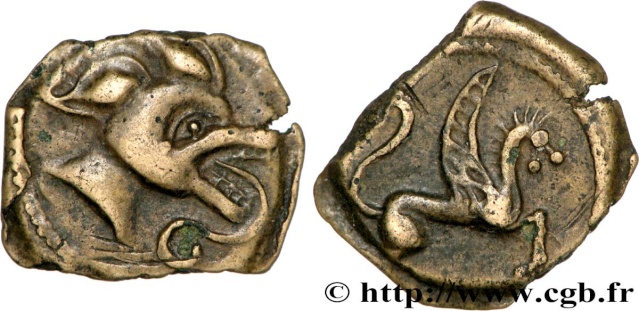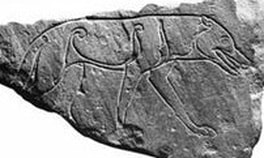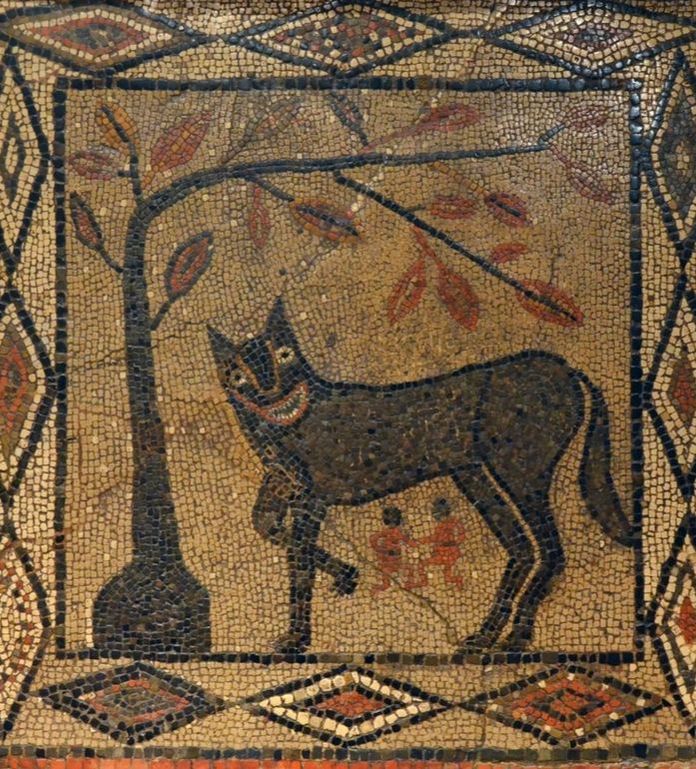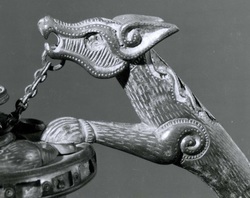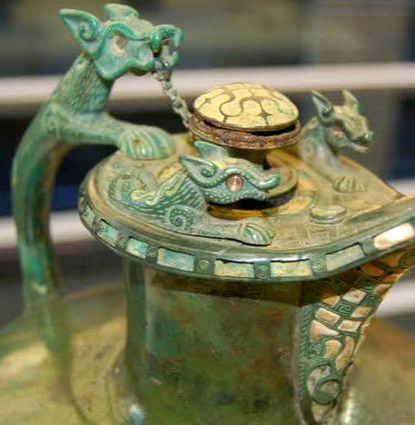| Homepage Ralph Häussler |
|
- Home
- CV
- Research
-
Celtic Religions
-
Wolf
-
City of Worms
-
Railways
- RailHeritage >
- Aberyswyth-Carmarthen
- RailWorms >
-
Tramways
>
- Tram Amsterdam
- Tram Barcelona
- Tram Basel
- Tram Berlin
- Tram Blackpool
- Tram Bonn
- Tram Bruxelles
- Crich Tram Museum
- Tram Darmstadt
- Tram Dresden
- Tram Edinburgh
- Tram Frankfurt
- Tram Graz
- Tram Grenoble
- Tram Heidelberg
- Tram Innsbruck SLB
- Tram Karlsruhe
- Tram Linz
- Tram Lisboa
- Tram Llandudno (Gt Orme)
- Tram London
- Tram Lyon
- Tram MaLu
- Tram Manchester
- Tram Milano
- Tram Montpellier
- Tram Mulhouse
- Tram Nottingham
- Tram OEG
- Tram Orleans
- Tram Paris
- Tram Reims
- Tram Roma
- Tram Salzburg
- Tram Torino
- Tram Strasbourg
- Tram Wien
- Tram Wien Badner Bahn
- Tram Worms
- Tram Zaragoza
- Tram Zurich
- NarrowGauge >
- Trolleybuses
- U-Bahn Metro
- Epona
- Pets
WOLF MYTHOLOGY PAGES: Main Page-TOC | Rome&Italy | Greece | Celtic Wolves | Japan&Asia | Americas | Egypt | Norse Myth |
best viewed in a webbrowser, not on your smart phone; see below for disclaimer etc.
This also leads us to an important South Gaulish deity, Sucellos, the "mallet god", sometimes wearing a wolf-skin and usually accompanied by what seems to be a dog (in the 1st-3rd century AD, when adopting the image of the Roman god Silvanus to represent their native deity, the Gauls also adopted the dog as the god's companion from Roman iconography; was it meant to symbolise a wolf?). Again, Sucellos is a chthonic god, like most deities (we also should not forget that, for example, mother goddesses are equally 'chthonic' in nature). And although this might have been the deity that Caesar interpreted as Dispater, Sucellos is more than just a god of the underworld; he can also be a healing deity (e.g. at Glanum, Saint-Rémy-de-Provence). We see wolves closely associated with a powerful Celtic (or Gallo-Roman) god. Unfortunately, as is common in Antiquity, all these pieces of evidence are still not sufficient to create a precise understanding of the associated myths and religious significance. Although a certain image of wolf and deity/deities emerges in the Celtic world, we are still far away from really understanding what is happening here.
Curchin, in his Romanization of Central Spain, also reminds of other pieces of evidence: like Appian (Iberica 48) mentioning a Celtiberian herald who wears a wolf-skin; and Francisco Marco Simón (1991: 96) discusses vases from Numantia wearing wolf skins. Paralells with Sucellos are perhaps less likely, but the wearing of wolf skins obviously had "magical" roles in numerous cultures. Cernunnos on a Wolf (?) | Le dieu "Cernunnos" sur un loup (?)
Also see Gundestrup cauldron depictions, above
God with Wolf Skin | Gott mit Wolfsfell | Dieu avec la peau de loup
Celtic Wolf Children: Cormac Mac Airt | Keltische Wolfskinder | Enfants loups celtiques: Cormac Mac Air
Similar to the Romulus & Remus story in Rome, we also find some "Wolf Children" in Celtic Mythology. For example, in Irish mythology, for example, we find king Cormac Mac Airt who was adopted and reared by a she-wolf with her cubs in the caves of Keash (County Sligo).
Of course, we should not ignore the more recent stories of "feral children", raised by wolves, like the famous (and dubious) case of Kamala and Amala in the 1920's (see Singh and Zingg, Wolf-Children and Feral Man, 1942 and one of the critical reviews) - probably a story as unbelievable as Rudyard Kipling's Mowgli in his Jungle Book from 1894. But perhaps not? After all, there seem to be countless stories of this kind across time and space! - Can they be all a hoax...? Scythia: wolf shape-shifters
Talking about 'shape-shifters', this story is interesting. The 5th-century BC Greek historian Herodotos (4.105) has recorded a story he heard about the Neuri who are said to have lived north of Scythia (roughly northern Ukraine, southern Belarus today): "It may be that these people are wizards; [2] for the Scythians, and the Greeks settled in Scythia, say that once a year every one of the Neuri becomes a wolf for a few days and changes back again to his former shape. Those who tell this tale do not convince me; but they tell it nonetheless, and swear to its truth". But perhaps we need to understand Herodotos' story quite differently: "becoming a wolf for a few days" could be part of an annual ritual, a 'rite de passage', perhaps comparable with NW American Indians (see page 2 of website).
Taboo words & wolf people
One linguistic note: one can notice over and over again that wolves are not always called wolves (and that terminology changes in many languages... the original word might get limited to a mythical context, or even tabooed, while new words develop to describe contemporary, mortal wolves. The word for dog is also used as a metaphor for wolves!
|
a few more 'Celtic' wolves | noch mehr "keltische" Wölfe | plus de loups "celtiques"...
'Celtic' Wolf Coins
|
Pictish Wolf ?
Roman Britain
|
Gaul / Gallien / Gaule
|
Work in progress - for comments & suggestions: [email protected] - Thanks!
Also see:
WOLF GODS MAIN PAGE // GREEK WOLF GODS // NORSE/GERMANIC WOLF GODS
JAPANESE WOLF GODS // AMERICAN WOLF MYTHS // ITALIC WOLVES // EGYPTIAN WOLF GODS // WOLF MYTH INTRODUCTION
Disclaimer: please surf at your own risk...
The information contained in this website is for general information purposes only. I endeavour to keep the information up to date and correct, but I cannot guarantee its completeness, accuracy, reliability or suitability. I am not responsible for any action taken as a result of the information or advice on my website.
Through this website you are able to link to other, external websites which are not under my control; these links are being provided as a convenience and for informational purposes only; the inclusion of any links does not necessarily imply a recommendation or endorse the views expressed within them, and I bear no responsibility for the accuracy, legality or content of the external site or for that of subsequent links. Contact the external site for answers to questions regarding its content.
Copyright:
The content and research of this website is protected by copyright. No portion of this website may be copied or replicated in any form without the written consent of the website owner. Many of the images on this page come from external sites: I have tried to find out the copyright owners of all the images on this page and I apologise if I missed someone or if I was not able to find the original sources/photographer/copyright owner. The site is still work-in-progress: sorry if I forgot to add a reference.
How to cite this page:
Raph Häussler (2016) Wolf & Mythology: Celtic, retrieved from https://ralphhaussler.weebly.com/wolf-mythology-celtic.html
The information contained in this website is for general information purposes only. I endeavour to keep the information up to date and correct, but I cannot guarantee its completeness, accuracy, reliability or suitability. I am not responsible for any action taken as a result of the information or advice on my website.
Through this website you are able to link to other, external websites which are not under my control; these links are being provided as a convenience and for informational purposes only; the inclusion of any links does not necessarily imply a recommendation or endorse the views expressed within them, and I bear no responsibility for the accuracy, legality or content of the external site or for that of subsequent links. Contact the external site for answers to questions regarding its content.
Copyright:
The content and research of this website is protected by copyright. No portion of this website may be copied or replicated in any form without the written consent of the website owner. Many of the images on this page come from external sites: I have tried to find out the copyright owners of all the images on this page and I apologise if I missed someone or if I was not able to find the original sources/photographer/copyright owner. The site is still work-in-progress: sorry if I forgot to add a reference.
How to cite this page:
Raph Häussler (2016) Wolf & Mythology: Celtic, retrieved from https://ralphhaussler.weebly.com/wolf-mythology-celtic.html
